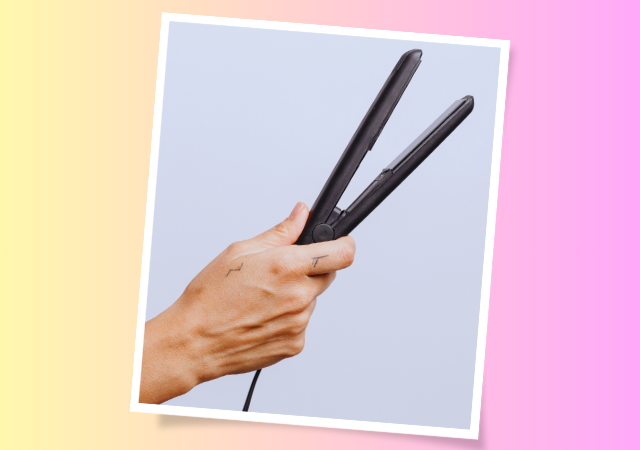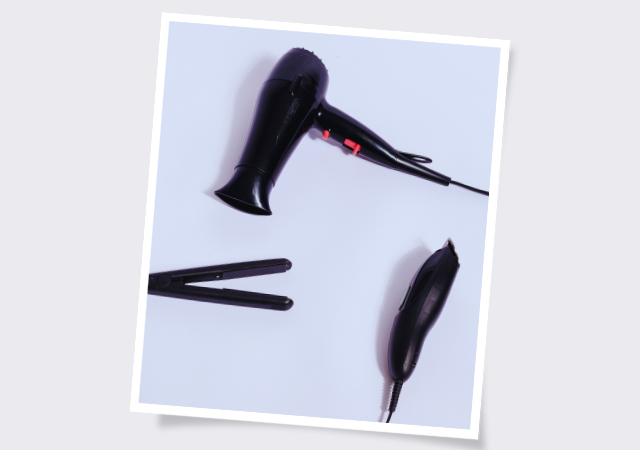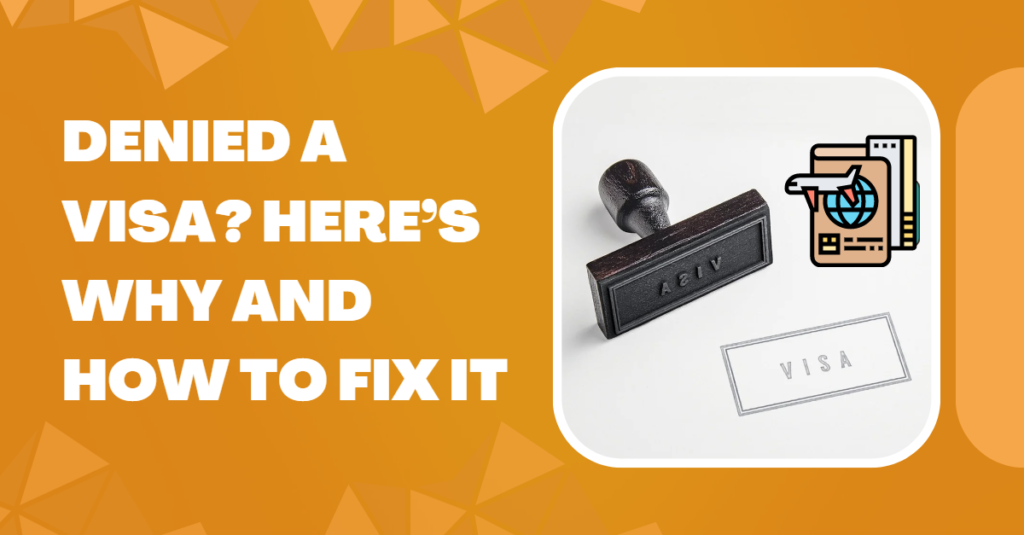Heat Ironing Your Hair: Are You Doing It Too Much?
Introduction
Are you addicted to the sizzle and sleekness of perfectly straight hair, but worry about the toll it takes on your locks? In the quest for flawless, poker-straight tresses, it’s easy to fall into the trap of excessive heat ironing. While heat styling tools can be a quick fix for unruly hair, they can also lead to damage, breakage, and dullness if overused.
This article, “Heat Ironing Your Hair: Are You Doing It Too Much?”, delves into the intriguing world of hair care and styling. We’ll explore the fine line between achieving the look you desire and inadvertently harming your precious strands. From understanding your hair type to discovering the science of heat styling, we’ll uncover the secrets of striking a balance between your hair goals and its health. Let’s embark on a journey to find out how often you should wield that heat iron for stunning, healthy locks.
Understanding Your Hair

Before we can dive into the specifics of heat styling, it’s crucial to understand your hair. Not all hair is created equal, and different hair types have different needs and susceptibilities. Recognizing the characteristics of your hair is the first step in determining how often you should use a heat iron.
Hair Types and Susceptibility
Hair types can generally be categorized into four main groups: straight, wavy, curly, and coily. Straight hair is often less susceptible to frizz and may require less heat to straighten. In contrast, curly and coily hair can be more resistant to straightening and may need higher heat settings. However, all hair types can suffer from heat damage if not treated with care.
Identifying Your Hair’s Needs and Limitations
Take a close look at your hair and assess its unique characteristics. Are your locks fine or coarse? Do they have a natural tendency to be oily or dry? These factors play a significant role in how your hair responds to heat styling. Fine hair, for instance, can be more delicate and prone to damage, while coarse hair may withstand heat better.
The Impact of Frequent Heat Styling
Frequent heat styling can lead to a variety of issues, regardless of your hair type. Over time, the excessive use of heat tools can result in:
- Damage: High heat can weaken the hair’s protein structure, leading to breakage and split ends.
- Dryness: Heat strips the hair of its natural moisture, leaving it parched and brittle.
- Dullness: Excessive heat styling can cause your hair to lose its shine and vibrancy.
- Frizz: Repeated exposure to heat can exacerbate frizz and make your hair more challenging to manage.
The Science of Heat Styling

Understanding how heat affects your hair is essential to make informed decisions about styling frequency. When you apply heat to your hair, the high temperatures disrupt the hydrogen bonds that give your hair its natural shape. This allows you to reshape your hair temporarily. However, there are consequences to this process.
How Heat Affects the Hair’s Structure
As mentioned, heat styling temporarily changes your hair’s structure. This change can be useful when you want to straighten your hair, but it’s also what makes your hair vulnerable to damage. Excessive heat can lead to the following issues:
- Protein Degradation: High heat breaks down the protein bonds in your hair, causing it to weaken and lose its structural integrity.
- Moisture Loss: The heat can also strip your hair of its natural oils, making it dry and prone to breakage.
- Color Fading: If your hair is colored, frequent heat styling can cause the color to fade more quickly.
- Cuticle Damage: The hair’s protective cuticle can become damaged, leading to frizz and further moisture loss.
Heat Settings and Their Influence on Hair Health
The heat settings on your styling tools are a critical factor in how your hair responds to heat styling. Using excessive heat, especially on a regular basis, significantly increases the risk of damage. To minimize harm, follow these guidelines:
- Know Your Tool: Different flat irons and curling wands have different temperature settings. Learn how to adjust the heat to suit your hair type and styling needs.
- Start Low: Whenever possible, use the lowest effective heat setting. You can always increase the temperature if needed, but it’s best to begin with less heat.
- Use Heat Protectants: Applying a heat protectant product can create a barrier between your hair and the heat, reducing damage.
Signs of Heat Damage and How to Recognize Them
It’s essential to recognize the signs of heat damage before it becomes severe. Some common indicators of heat damage include:
- Brittle Hair: If your hair feels dry and breaks easily, it’s a sign of damage.
- Split Ends: Split ends occur when the hair shaft becomes weakened, causing it to split into two or more parts.
- Lack of Shine: Healthy hair should have a natural sheen. If your hair looks dull and lackluster, it may be damaged.
- Texture Changes: Heat damage can alter your hair’s texture, making it feel rough or uneven.
If you notice these signs, it’s time to reevaluate your heat styling routine and consider adjustments to protect your hair.
Recommendations for Heat Styling Frequency

Now that we’ve explored the science of heat styling and its impact on your hair, let’s delve into some recommendations for finding the right balance between achieving your desired style and maintaining the health of your hair.
General Guidelines for Safe Heat Styling
- Limit Frequency: Aim to use heat styling tools no more than 2-3 times a week. Frequent heat styling increases the risk of damage.
- Use High-Quality Tools: Invest in high-quality, ceramic or tourmaline-coated styling tools. They distribute heat more evenly and reduce the potential for hot spots that can damage the hair.
- Heat Protectants: Always apply a heat protectant product before using heat styling tools. This provides a protective barrier between the heat and your hair.
- Temperature Control: Adjust the heat setting of your tool to match your hair type and styling needs.
- Proper Technique: Learn the correct technique for using your heat styling tool to minimize damage. For example, don’t hold the tool in one place for too long.
Factors Influencing How Often You Can Heat Iron Your Hair
The ideal heat styling frequency is not a one-size-fits-all concept. Several factors influence how often you can safely heat iron your hair:
- Hair Type: Straight, wavy, curly, or coily hair will have different needs and tolerances for heat.
- Hair Health: The condition of your hair, including whether it’s damaged or healthy, plays a significant role.
- Styling Goals: If you only use heat tools occasionally for special occasions, your hair may withstand it better than daily users.
- Environmental Conditions: Humidity, climate, and other environmental factors can affect your hair’s response to heat styling.
Expert Advice on Frequency Based on Hair Type and Condition
For personalized guidance, it’s often beneficial to consult with a professional hairstylist who can evaluate your hair type and condition. They can provide tailored advice on how often you should heat iron your hair and recommend specific products and techniques that are best suited to your needs.
Tips for Reducing Heat Damage

In addition to understanding the science and frequency of heat styling, here are some tips for minimizing heat damage:
Choosing the Right Heat Styling Tools
- Invest in Quality: High-quality flat irons and curling wands are designed with advanced technology that distributes heat more evenly and reduces the potential for hot spots that can cause damage.
- Consider Ceramic or Tourmaline: These materials are less damaging to the hair compared to metal plates, as they heat up more evenly and are gentler on the hair.
- Use Adjustable Heat Settings: Tools with adjustable heat settings allow you to customize the temperature to your specific hair type and styling needs.
Using Heat Protectants and Other Products
- Heat Protectant Spray: Apply a heat protectant spray or serum to your hair before using heat styling tools. These products create a protective barrier that minimizes direct contact with the high temperatures.
- Deep Conditioning: Use deep conditioning treatments and hair masks regularly to keep your hair moisturized and healthy.
- Argan or Coconut Oil: Apply a small amount of natural oils like argan or coconut oil to your hair before styling to add moisture and shine.
Proper Techniques for Minimizing Damage
- Section Your Hair: Divide your hair into sections when styling to ensure that you apply heat evenly and don’t need to go over the same section repeatedly.
- Limit Passes: Avoid repeatedly running the iron or curling wand over the same section of hair. One or two passes should be sufficient.
- Cool Shot: Many heat styling tools have a cool shot button that can be used after styling to set your hair and reduce the need for additional heat.
- Use a Comb: Comb through your hair as you style it to help distribute heat evenly and achieve a sleek look more efficiently.
Alternatives to Frequent Heat Styling
Reducing your heat styling frequency can help protect your hair, but it doesn’t mean you have to sacrifice your desired style. Here are some alternatives to consider:
Embrace Your Natural Hair Texture
Learn to love and embrace your hair’s natural texture. There are many beautiful styles that don’t require heat, and embracing your natural hair can help reduce the risk of damage.
Low-Heat or No-Heat Styling Options
Explore low-heat or no-heat styling options that can help you achieve your desired look without the use of high temperatures. These alternatives include:
- Heatless Curling Methods: Techniques like braiding or using flexi-rods can create beautiful curls without heat.
- Air Drying: Allow your hair to air dry, especially if you have wavy or curly hair. You can use hair products to enhance your natural texture.
Styling Tips for a Heat-Free Routine
If you’re committed to reducing your heat styling, here are some tips to help you maintain a stylish and healthy look:
- Use Silk Pillowcases: Sleeping on silk pillowcases can help reduce frizz and maintain your hairstyle for longer.
- Heatless Styling Products: Explore products like mousse, gels, and creams designed for heatless styling that can help you achieve specific looks.
- Learn New Hairstyles: Experiment with braids, twists, and other hairdos that don’t require heat.
- Regular Trims: Keep your hair in good condition by getting regular trims to remove split ends and maintain its health.
Maintaining Healthy Hair

It’s essential to incorporate a well-rounded hair care routine into your life to prevent damage and keep your hair looking its best. Here are some key elements of a hair care routine:
Hair Care Routines to Prevent Damage
- Shampoo and Conditioner: Use the right shampoo and conditioner for your hair type, and consider sulfate-free options to maintain moisture.
- Less Frequent Washing: Don’t wash your hair every day, as overwashing can strip your hair of natural oils. Washing every 2-3 days is usually sufficient.
- Proper Detangling: Use a wide-tooth comb to gently detangle your hair to avoid breakage.
- Protective Hairstyles: When appropriate, consider protective hairstyles that keep your hair tucked away and reduce exposure to environmental elements.
Periodic Treatments and Deep Conditioning
- Hair Masks: Incorporate hair masks into your routine to provide extra moisture and nourishment.
- Deep Conditioning: Use a deep conditioner once a week to keep your hair soft and well-hydrated.
- Leave-In Conditioner: After washing, consider using a leave-in conditioner to maintain moisture throughout the day.
The Importance of Regular Trims
Regular trims are a fundamental part of maintaining healthy hair. Trimming your hair every 6-8 weeks can help prevent split ends and breakage, ensuring that your hair remains in excellent condition.
Personalized Hair Care Plans
Every person’s hair is unique, so it’s essential to create a personalized hair care routine tailored to your specific needs. Consult with a professional stylist to evaluate your hair type, condition, and styling goals. They can provide expert advice and guidance to help you maintain beautiful, healthy hair while achieving your desired style.
Conclusion
In conclusion, achieving the perfect, sleek hairstyle through heat ironing can be tempting, but it’s essential to strike a balance between style and hair health. Understanding your unique hair type and its needs is the first step. Heat styling, while transformative, can also damage your hair’s structure, leading to dryness, dullness, and frizz. To minimize the risk, use high-quality tools, adjustable heat settings, heat protectants, and proper techniques. Alternatively, explore low-heat or no-heat styling options. A well-rounded hair care routine and regular trims are key to maintaining beautiful, healthy hair. Remember, personalized advice from a professional stylist can be invaluable in preserving your hair’s luster while achieving your desired style.

My name is Rohit Vagh and I’m a content writer specializing in fashion and lifestyle. I have three years of experience in this field and have written various articles. My writing style is creative and engaging, and I strive to create content that resonates with my readers. I have a deep passion for fashion and am constantly researching the latest trends and styles to make sure my readers are up to date. I’m excited to continue my career in blogging, and I’m always looking for new opportunities in the fashion and lifestyle space.





